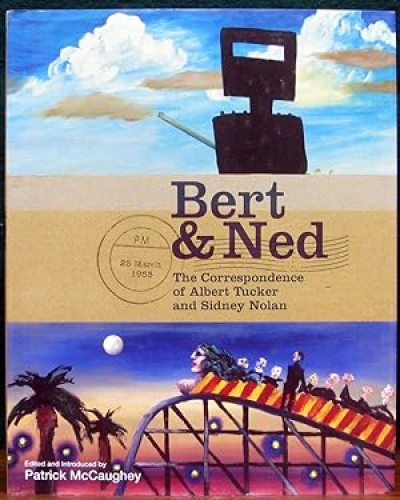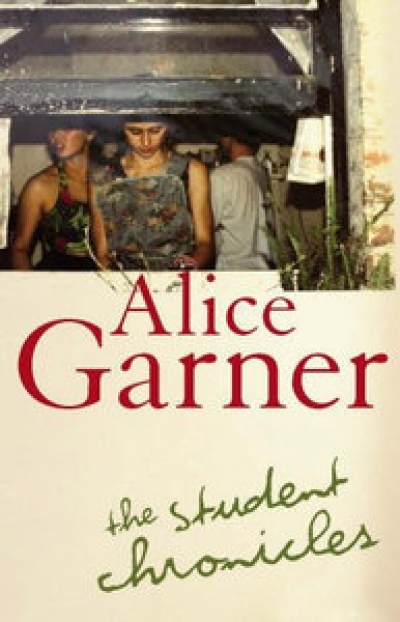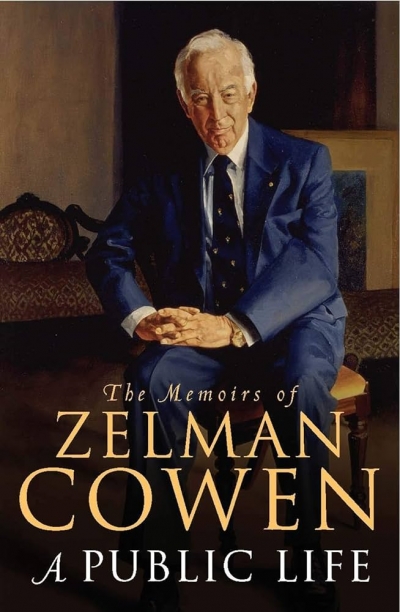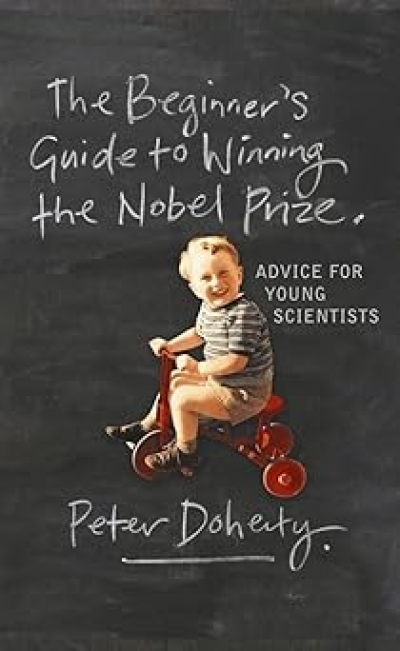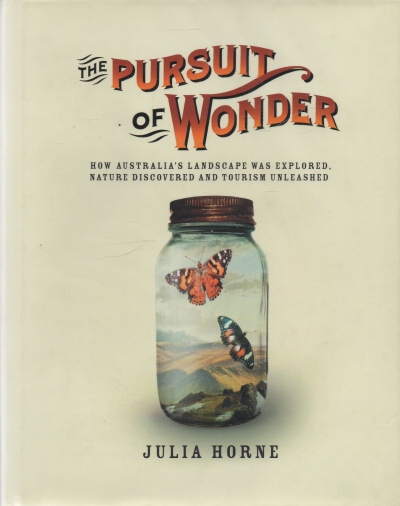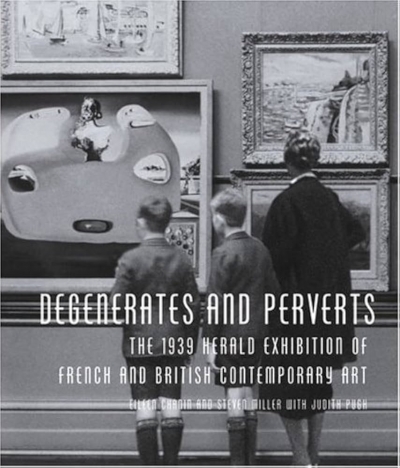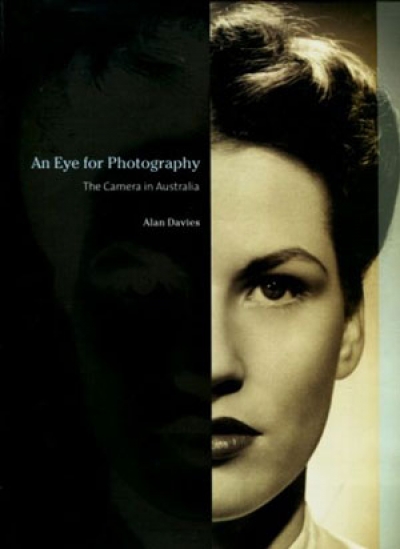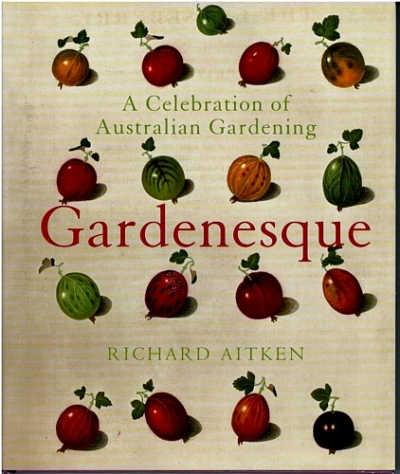Miegunyah Press
Bert & Ned: The correspondence of Albert Tucker and Sidney Nolan edited by Patrick McCaughey
by Mary Eagle •
Faces of the Living Dead: The belief in spirit photography by Martyn Jolly
by Isobel Crombie •
Plastered: The poster art of Australian popular music by Murray Walding (with Nick Vukovic)
by Anita La Pietra •
The Beginner Guide to Winning the Nobel Prize: A life in science by Peter Doherty
by John Carmody •
The Pursuit of Wonder: How Australia's landscape was explored, nature discovered and tourism unleashed by Julia Horne
by Delia Falconer •
Degenerates and Perverts: The 1939 herald exhibition of French and British contemporary art by Eileen Chanin and Steven Miller (with Judith Pugh)
by Sarah Thomas •
An Eye For Photography: The camera in Australia by Alan Davies
by Isobel Crombie •
Gardenesque by Richard Aitken & The Oxford Companion to Australian Gardens edited by Richard Aitken and Michael Looker
by Paul de Serville •

